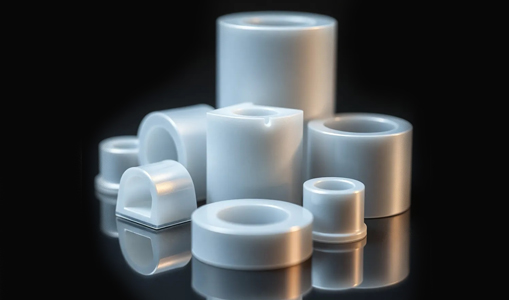100+
Customers
Served
20+
Countries
Shipped
520+
Manufacturing
Partners
1000+
Machines
Vapor polishing is a precision finishing process used to enhance the clarity and smoothness of plastic surfaces, particularlypolycarbonate ,acrylic and other transparent materials. It involves exposing the surface to chemical vapors, such as dichloromethane, which react with the plastic at a microscopic level, reducing surface irregularities and improving optical quality. This method is commonly used in industries requiring high transparency, such as medical devices, aerospace and optics. Vapor polishing is highly effective for restoring clarity after CNC machining, as it eliminates tool marks and minor scratches. The result is a high-gloss, glass-like finish without altering the part's dimensions.

PC,PMMA ,ABS , PETG (amorphous thermoplastics).
Reduced to ~Ra 0.1–0.4 µm.
High clarity, optical-grade finish.
Suitable for Class A surface finishes.
No change in material thickness; true to machined dimensions.
Smooth, glossy surface via surface reflow.

Acrylic, ABS, Delrin,POM-C, POM-H, HDPE,Nylon, Nylon6/6, Nylon6(30% Glass filled),Poly Carbonate
Not effective on all plastics (e.g., polyethylene, PTFE, PEEK). May induce stress cracking in improperly annealed plastics. Requires precise control to avoid over-polishing, which can cause surface distortion.
Yes, it is extensively used in medical and aerospace optics where high transparency and minimal surface distortion are required. Care must be taken to ensure uniform exposure.
The process improves optical clarity and surface smoothness but does not significantly alter bulk mechanical properties. However, prolonged exposure may lead to localized stress softening or minor dimensional changes.